You may not know the name of Reynolds Stone, but it is almost impossible that you haven’t come across his designs. If you’re familiar with the masthead of the Economist or remember the clock on the top of the front page of the Times; if you’ve seen the colophon on a book published by the Folio Society or Hamish Hamilton or owned a Penguin edition of Shakespeare; if you’ve borrowed something from the London Library; if you had a £5 note in your wallet in the 1960s; if you’ve walked over the memorial to Winston Churchill on the floor of Westminster Abbey or if you own a passport with the royal coat of arms on the front, then you’ve been in close contact with the work of this wood engraver, typographer, letter-cutter and watercolourist.
The subject of this fond and beautifully illustrated memoir was born in 1909 into a family of academics. Both his father and grandfather were classics masters at Eton and, after attending an unusually benign prep school, Stone duly went on to Eton and Cambridge. From there he embarked on a newly created graduate training scheme at the Cambridge University Press and became familiar with every branch of printing, from machine room to design and layout. A chance meeting with Eric Gill, who taught him the technique of wood engraving, more or less completed his education and after a short spell with a printing firm in Taunton he went freelance. Commercial publishers and institutions of every kind, royalty, organisers of events, collectors and writers were soon beating a path to his door for title pages, illustrations, coats of arms, logos, programmes, bookplates and all the assorted ephemera of the print world. In due course he also learnt to cut letters in stone, and memorials became a staple of his trade.
For all this frantic activity, much of it conducted on a table at one end of his sitting room, there was another side to Stone’s story. In 1938 he married Janet Woods, the daughter of the Bishop of Lichfield, and she became the linchpin of his domestic and business life, dealing with his occasional bouts of depression and creating at their Dorset home in Litton Cheney a legendary haven for visitors. A photograph of the first sea lord Charles Lambe playing duets with the painter John Nash gives an engaging flavour of what life at the Old Rectory must have been like. John Betjeman, Benjamin Britten, Kathleen Raine, John Sparrow, Gerald Finzi, Freya Stark, Sylvia Townsend-Warner, V.S. Pritchett — the list goes on and on — were among the frequent guests. Kenneth Clark, John and Myfanwy Piper and Iris Murdoch and John Bayley were their particular friends.
For Stone himself, however, his Dorset home was a constant source of inspiration for his art rather than a mere backdrop for entertaining. ‘Its magical garden,’ writes his son, the author of this memoir and himself a typographer, ‘became his whole world. Here he could find the necessary solitude to pursue perfection in all he did.’
In public, Stone campaigned to preserve the rural world he loved, and watercolour after watercolour and a succession of beautifully modulated wood engravings attest to his passion for woods and wild things. A tree to him was a living being. He would never pick a wild flower, he mowed the lawn avoiding the daisies and even the rain gauge of this ‘very rare treasure of a man’ had an escape route for insects. ‘His art,’ wrote Iris Murdoch, ‘proceeded unselfconsciously from an intense personal privacy into a public world where he set enduring standards and has given pure aesthetic pleasure to many who have never heard of his name.’
Got something to add? Join the discussion and comment below.
Get 10 issues for just $10
Subscribe to The Spectator Australia today for the next 10 magazine issues, plus full online access, for just $10.
You might disagree with half of it, but you’ll enjoy reading all of it. Try your first month for free, then just $2 a week for the remainder of your first year.

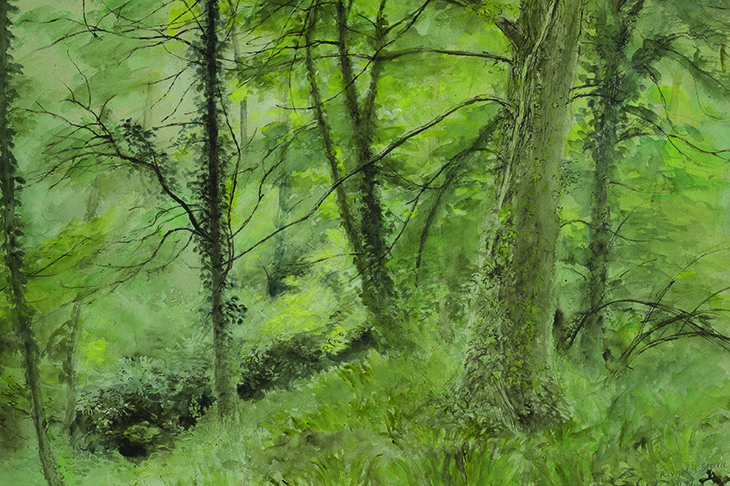
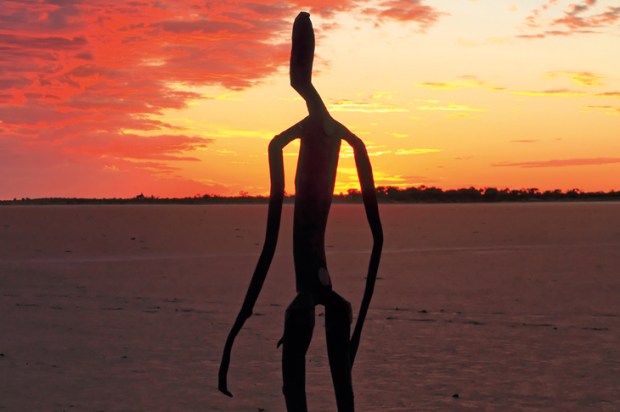
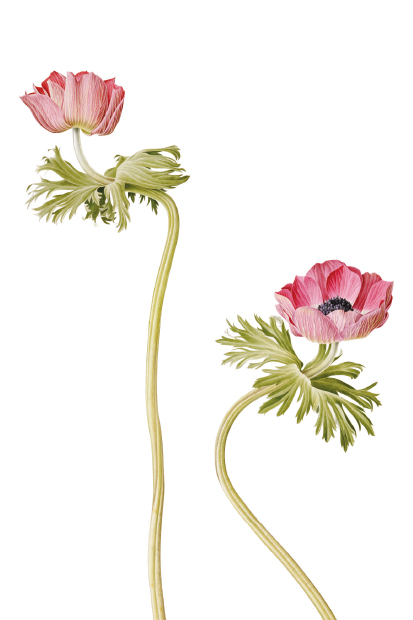
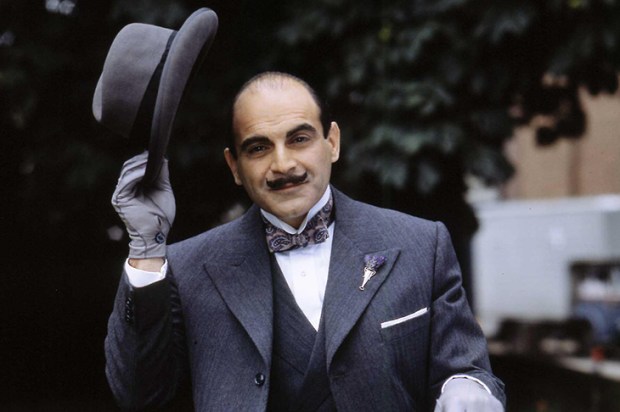
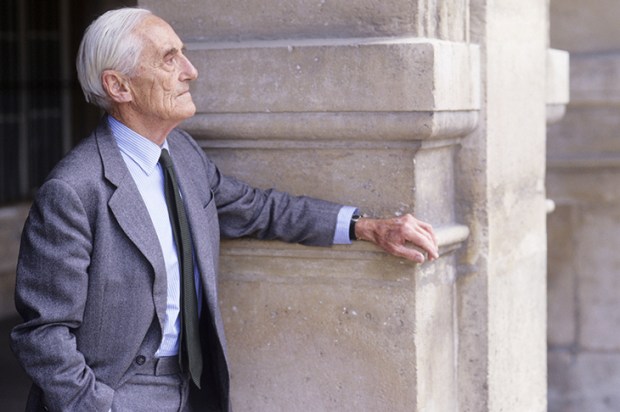
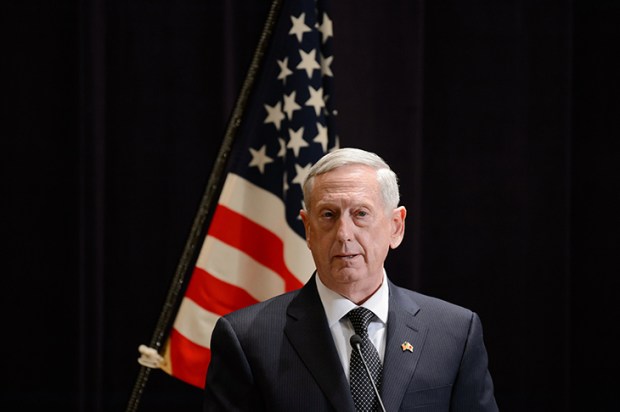
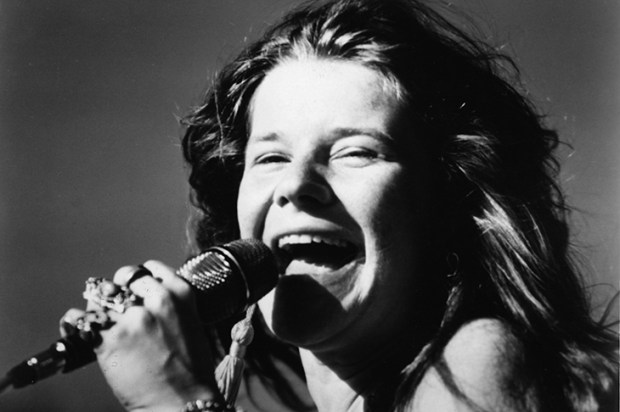






Comments
Don't miss out
Join the conversation with other Spectator Australia readers. Subscribe to leave a comment.
SUBSCRIBEAlready a subscriber? Log in